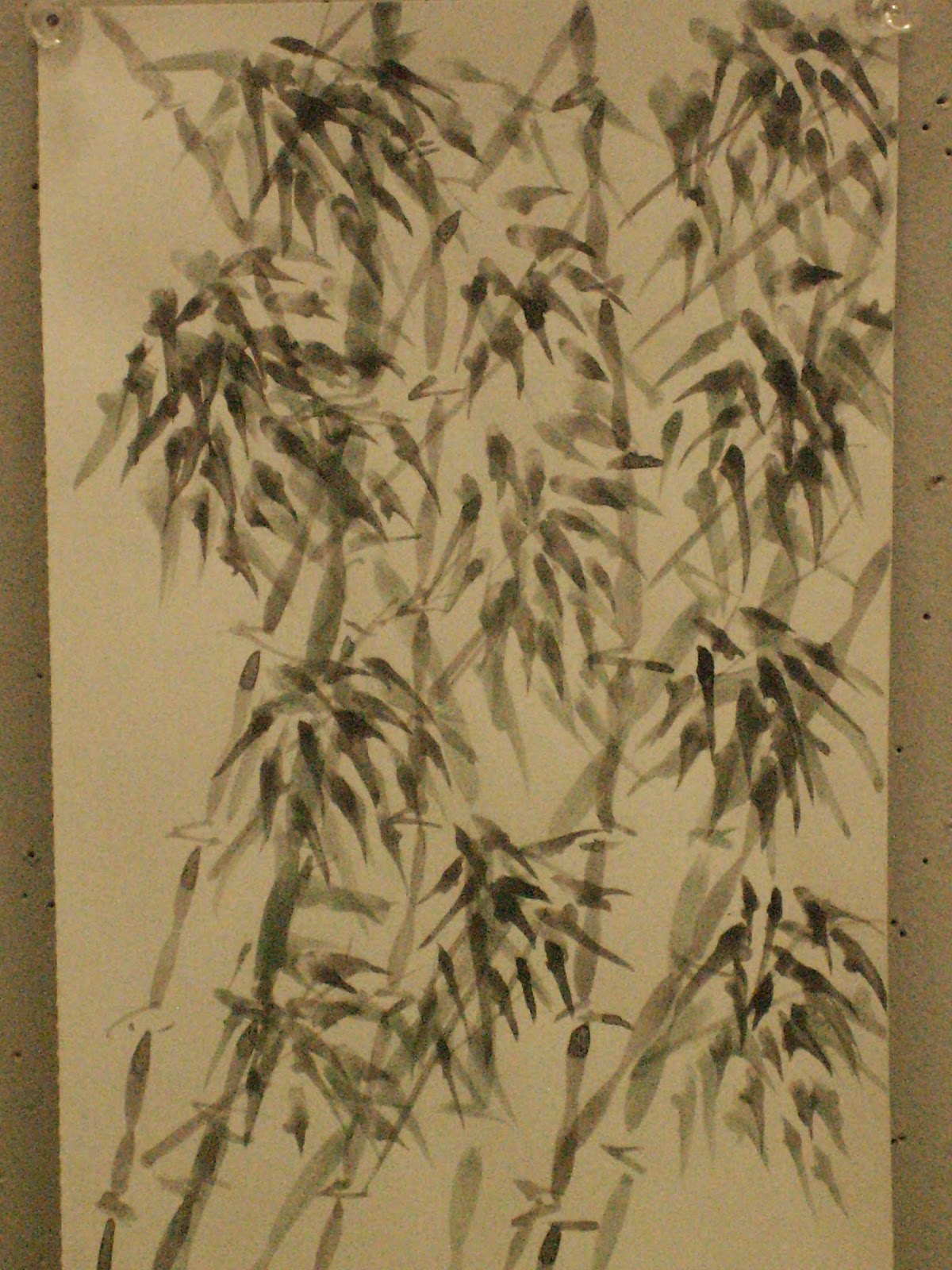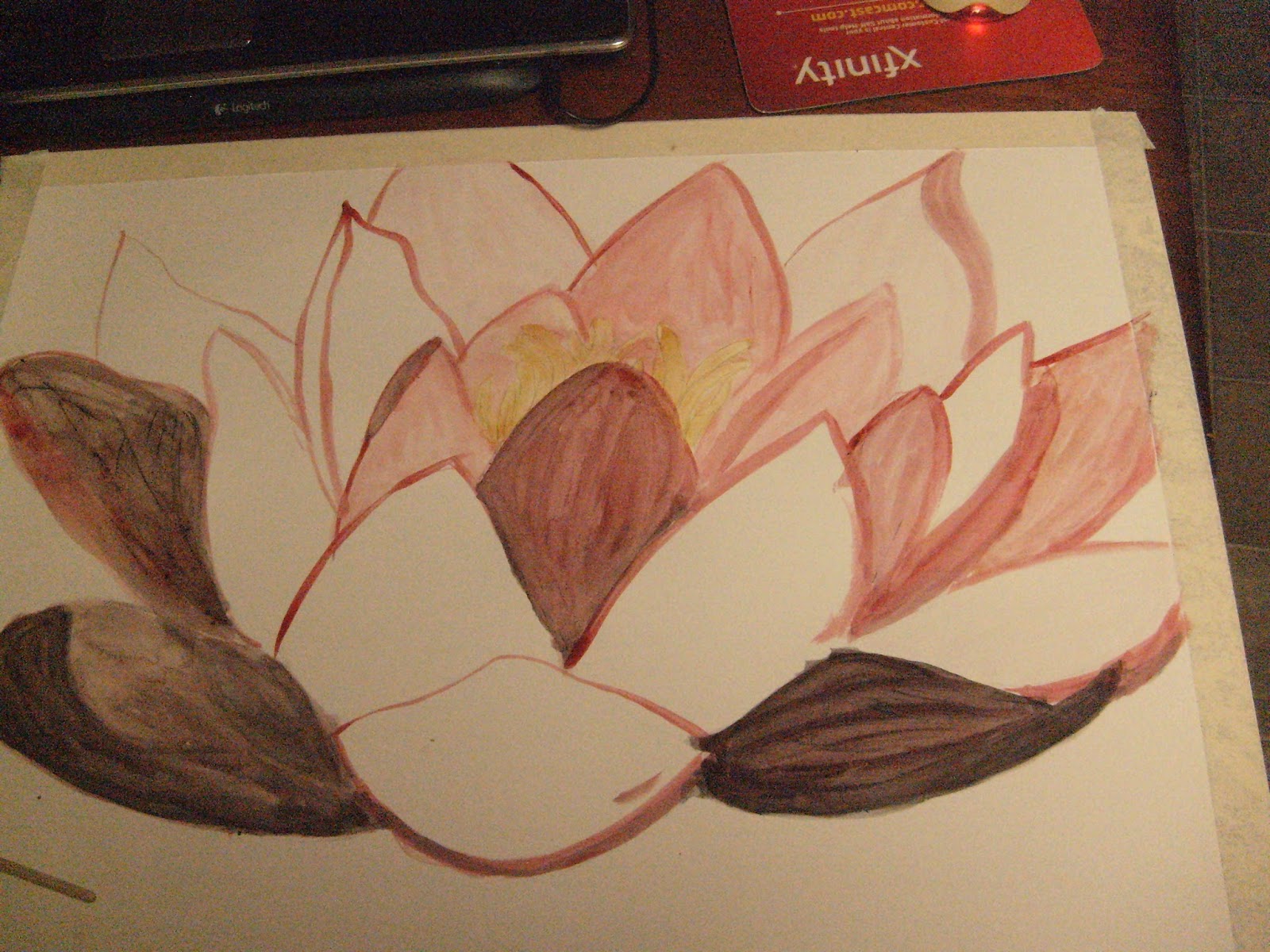Practicum
5th grade Mosaics
For my practicum, I was able to teach two fifth grade classes about mosaics. I started by giving a brief history of the Greek mosaics, with picture examples, and then presented them with modern day examples found in the home. I gave them step by step instructions, using an example that I had made beforehand to let them pass around, presented them with the materials, and turned the time over to the students to work on their project.
My objectives were to focus on time management, creativity, and planning abilities. I walked around the classroom, asking questions about their mosaics, asking them self assessment questions, and answering questions where needed. Once the students were done with the project, their art teacher had free time projects for them to choose from.
The classes were pretty evenly split between boys and girls, with four or five students at a table, with five tables in the art room. They had assigned seating, and the art teacher told them at the beginning of the lesson that if they misbehaved too much they would spend the hour in the hallway. Their art room was nicely supplied and had lots of room for the students to work and move around in.
I expected students to stay in their seats better, but there was a lot of moving around and stealing materials from other tables, which led to several discussions about sharing in the classroom. I also learned that sometimes, the students are hard to keep on task, while others do not want to put the materials away when it is time for clean up. I expected to have plenty of materials, but some were much more popular than others, such as the marbles.






























